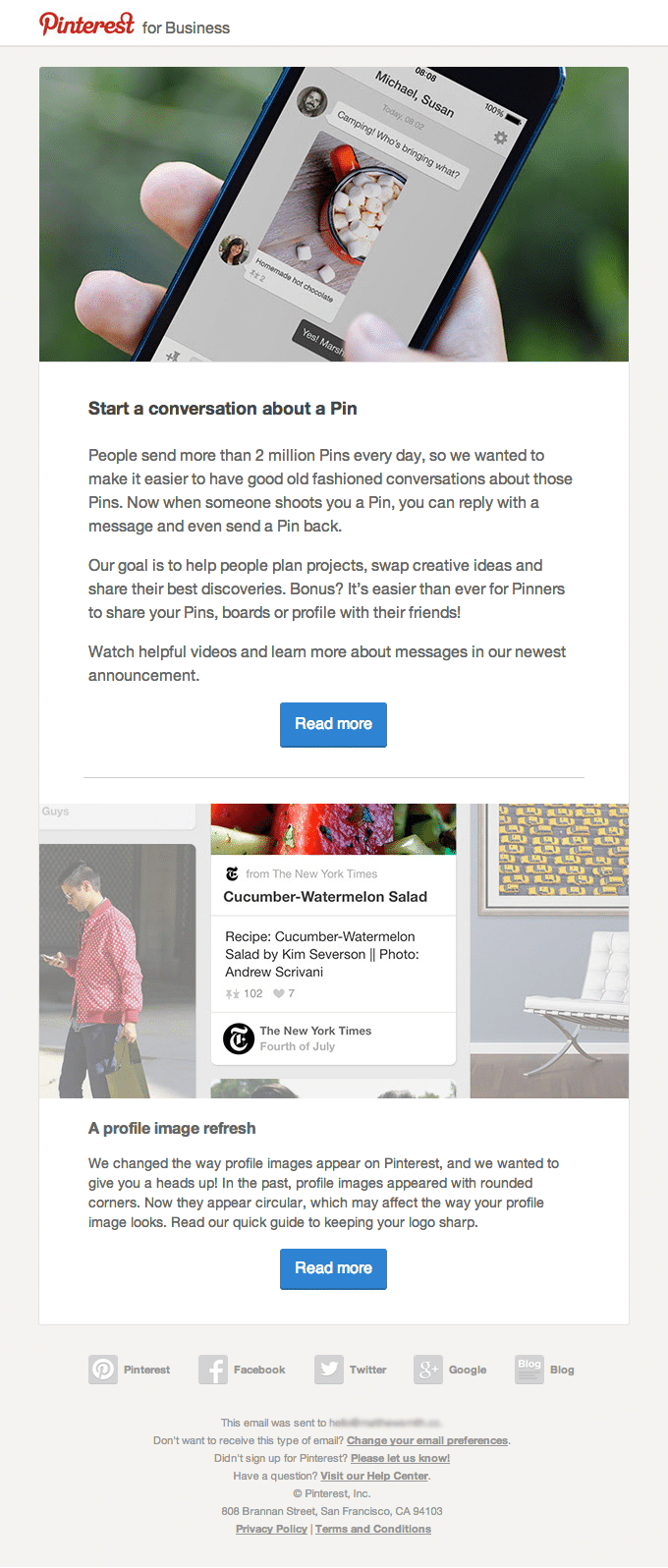Maximize Your ROI with Email Retargeting
Every email marketer understands that the goal is to maximize ROI. Everything you use from your bag of tricks serves this ultimate purpose.
As a result, you can’t afford to disregard any email marketing strategy that may have slipped between the cracks, especially if you’re a tiny firm that has to make every marketing effort count.
Email retargeting is one such strategy that might offer you the edge you need to climb above the competition and secure a significant return on your investment.
Continue reading to discover more about email retargeting and how you can use it to keep your ROI improving. Here are some tried-and-true suggestions for various sorts of retargeting advertisements to ensure you receive the greatest results.
Have you seen this email?
When a person browses a website but does not engage with it, one of the most popular forms of retargeting advertising will appear. These prospective clients may want a little encouragement to stop exploring and close the sale.
At this stage, you should send them an email emphasizing a specific aspect of your product or service that they may not be aware of. Whatever it is, it might be the deciding factor in their decision to buy.

The email titled “Incomplete form”
You may have forms on your website for people to fill up, such as a physical mailing list or an RSVP. In any case, it’s fairly uncommon for individuals to begin filling out a form just to get sidetracked and abandon it.
With retargeting, you can send follow-up emails to these folks to remind them to complete the form.
If this seems ineffectual, keep in mind that retargeting emails have an average open rate of 60% and a click-through rate of 15%. That’s three times the open and click-through rates of typical emails.
The email titled “Recommendation”
Sending emails based on similar items is a smart idea in addition to sending emails based on particular products that a user may have been looking at.
In reality, the customer may not have completed a transaction because he or she couldn’t locate the correct version of a product, which your suggestion email may have solved.
For example, a user may have clicked on a nonfiction book in your online shop but did not purchase it. Instead of sending a remarketing email for that single book, send one that covers your complete non-fiction assortment.
The book the user was seeking for could be in your suggestion email, or perhaps a new one would pique the user’s interest.
The “Return” email
Retargeting is useful for more than just tracking customer behavior. Retargeting is an excellent strategy for reaching out to customers who haven’t engaged with your mailing list or website in a long time.
Spending marketing efforts on those who are unlikely to interact may seem to be a waste of time at first. However, you may leverage the consumer’s lack of participation to your own benefit.
For example, you may inform the subscriber about what he or she has been missing recently and what they may be missing in the future. Giving subscribers who have dropped out a compelling incentive to rejoin is the only way to attract their attention.
Consider giving the subscriber an unique deal to get him or her back into your environment.

Wrap up
Giving people what they want is one of the basics of digital marketing. There is no better method to do this than to monitor their activity on your website and adapt their adverts to that behavior.
To assist you master email retargeting, keep the following in mind:
- Learn about email retargeting.
- Understand the difference between retargeting and remarketing.
- Utilize email segmentation.
- As an example, consider standard retargeting advertisements.
When you’re comfortable using email retargeting, you may go out and utilize it for social media as well. Retargeting is one of the most useful tools small companies have for increasing ROI, regardless of how you utilize it.






Recent Comments